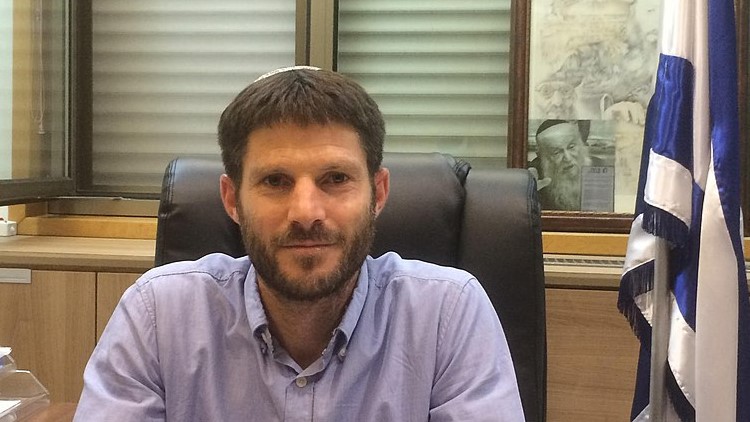Javier Martín Domínguez
Journalist
In New York’s little square in Sheridan Square, where Seventh Avenue and Christopher Street intersect, there was a newspaper kiosk set up at the subway exit where every night I would religiously buy the first edition of the New York Times for the following day. From that point, the two gigantic lighthouses in the Manhattan night could be seen nearby in their splendor, always illuminated, as if the activity in the offices of the World Trade Center never stopped. A symbol in every sense of Manhattan’s feverish life. The Twin Towers were a vital guide to the great metropolis. The updated symbol of the capital of the world, which had its classic references in the Empire State and the Crysler Building, surpassed by the extremely minimalist lines of a Japanese architect Minoru Yamasaki, who gave the city its aesthetic passport to the 21st century. Barbarism was determined to prevent them from reaching their symbolic destination and to project a trail of black smoke over the head of the Statue of Liberty, located only meters away, at the mouth of the Hudson.
The duplicate towers had given NY a needed boost when the city had entered the depression that followed the oil crisis. They were a beacon against the aging buildings surrounding the New York Stock Exchange where the world’s money is made. They also offered the best view of the New York Bay, adorned by the Brooklyn and Verrazano bridges that looked like their garlands at night. They baptized the lookout restaurant as Windows of the world, as if they already knew that it would be the eyes of the whole world that would look there in the greatest tragedy of the new millennium. It was one of the great new luxuries of the city, which should be climbed with a certain respect. Not only because of the altitude sickness, which forced to make the journey in two or three actors in sections, but also because of the required clothing. In cowboy country, it was not acceptable to go up in jeans!
Like a vertical light piano, you could see in the background the luminous lines of the towers lit by floors until dawn. The Port Authority, the controller of the port of New York, had its offices there. Also the Secret Service, to which you had to apply as a journalist for accreditation for access to security centers or for coverage of state visits. It was not only the roof of Manhattan since the seventies, it was also the most cathedral-like “hall” of the sumptuous New York skyscrapers, which offers large spaces such as the Rockefeller (with its overwhelming murals by the Spanish Josep Maria Sert) or the celestial fantasy that tops the vault of Grand Central Station. It was a hall decorated by the light coming in through its large windows, silent despite the bustle of its soft carpeted floors, and with access to its batteries of elevators with minimal security controls. No one thought in those eighties of attacks on American soil, while we were surprised to return to Europe of the Spanish police well equipped with visible weapons or Italian carabinieri wielding deterrent machine guns. Unthinkable in Manhattan.
With the material that was excavated for the foundations of the Towers, an extension was even gained for the overpopulated island of Manhattan, and while new buildings were being built and planned, in that space were held artistic assemblies and protest concerts such as that of the No Nukes, against nuclear power plants, after the accident on Three Mile Island in 1979. The obsolete elevated highway that ran parallel to the Hudson River, the West Side Highway, was cut right there, now devoid of automobile traffic, but suitable for cycling along it looking at the water and the towers. A pleasant walk under the open sky outside the crowded streets of Manhattan. The urbanly outdated rubbed shoulders with the new reference raised in the south of the island.
New York’s unstoppable drive for renewal wanted to leave behind its new symbol, each year adding a new totem to its skyline. The Chinese architect I.M. Pei placed his monumental ATT on Madison Avenue, shortly before the telephone company was cut up and the building lost its corporate function. Citicorp Bank erected its metallic pencil sharpener that saved an old church at the foot of the thickest column imaginable. Another architect created a lipstick, an architectural lipstick, etc., etc., etc., in those roaring eighties when the city saw no limit, not even in the sky.
Then came, unexpectedly, the day of infamy, when New York – and the world – were deprived of their shining beacons, to plunge us all into the dark ages. The exhilaration of the fall of the wall, of the new era of freedoms after the long and absurd Cold War, was frozen.
Twenty years later, with a more redeemed New York, back in business, with more skyscrapers built in recent decades than ever before, the reward for what we have suffered has not been enough. And the stigma that the ideological instigators of that ill-fated action are now celebrating their return to power by firing machine guns leaves our stomachs churning and our minds perplexed.
We know that New York was and is the capital of the world, because it is more active and modernizing than any other metropolis; but above all it is so because despite all the circumstances, the fears that have arisen and the threats that are impossible to stop, New York does not stop, just as neither the heart of the world nor its freedom can be stopped.
Now there is a new light in the south of Manhattan. A living flame that remembers the fallen, a permanent wind that carried away the smell of burnt skin that so long permeated the area and a renewed spirit that has taken the city to new heights of development that no one imagined at the time of the great cataclysm.
New York’s anthem says in its first stanza, “I am leaving today…” But those of us who have been citizens of that place-and today we are all of us in the wounded world-promise that “we shall always return,” for in it goes the future of the world and freedom.
© Atalayar / All rights reserved






